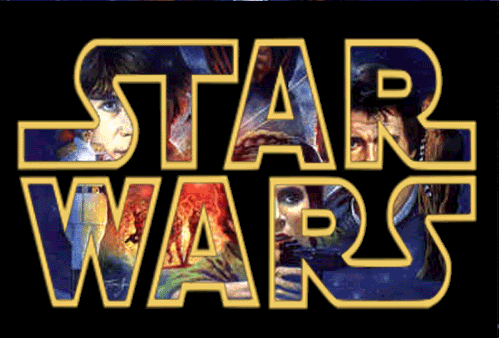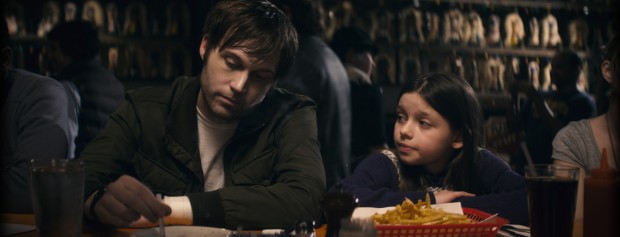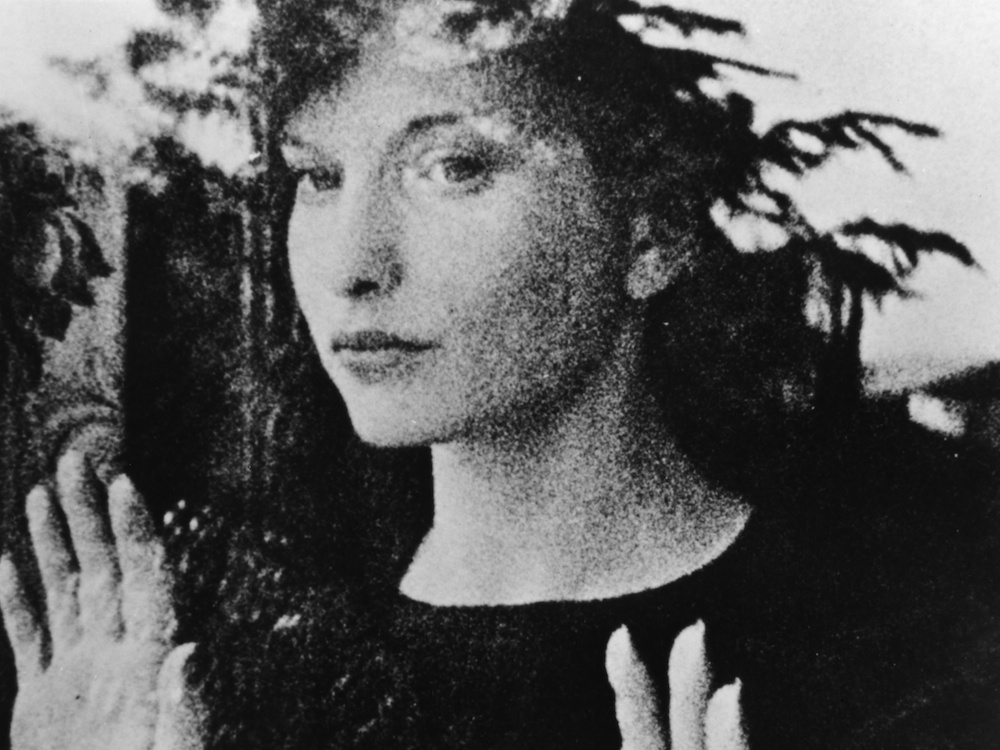COURSEWORK
Over the shoulder shot
over the shoulder shot is a shot of someone or something taken from the perspective or camera angle from the shoulder of another person. This type of shot is very common when two characters are having a discussion and will usually follow an establishing shot which helps the audience place the characters in their setting.
A camera angle shot from a medium distance.
Medium shots are favored in sequences where dialogues or a small group of people are acting, as they give the viewer a partial view of the background and also show the subjects' facial expressions in the context of their body language.
High angle
the camera looks down on the subject from a high angle.High-angle shots can make the subject seem vulnerable or powerless when applied with the correct mood, setting, and effects.

Two-shot
A two shot is a type of shot in which the frame encompasses two people or two objects.
Low angle
a camera angle positioned low on the vertical axis, anywhere below the eye line, looking up.Sometimes, it is even directly below the subject's feet. Psychologically, the effect of the low-angle shot is that it makes the subject look strong and powerful.
a camera shot where the camera is set at an angle on its roll axis so that the shot is composed with vertical lines at an angle to the side of the frame, or so that the horizon line of the shot is not parallel with the bottom of the camera frame. This produces a viewpoint akin to tilting one's head to the side.
Extreme close-up
An extreme close-up shows us objects and people differently than we see them. It calls attention to the subjects, making them more memorable visually
Long shot
a long shot typically shows the entire object or human figure and is usually intended to place it in some relation to its surroundings.
Close up shot
A close-up is a type of shot that tightly frames a person or object. Close-ups display the most detail, but they do not include the broader scene.
An extremely wide angle is often used as an establishing shot


FIVE FINGER PITCH:NEPTUNE
SHADOWS
SHORT FILM: PUPPET OF A DEMON





PRACTISE STORY BORED


FIVE FINGER PITCH:NEPTUNE
https://drive.google.com/file/d/1wqskBh3hn5tOgoOXTSHMa4fZ8iITfFel/view?usp=sharing
SHADOWS
SHORT FILM: PUPPET OF A DEMON
SHORT FILM ANALYSIS
(First Draft)
In the following paragraphs ,I will analyse and point out what caught my interest as a spectator from these short films: ‘Curfew’(Christensen,2012), ’The Gunfighter’(Kissack,2014), ‘Meshes in the afternoon’(Maya Deren,1946), ‘Swimmer’(Lynn Ramsay,2010) and ‘La Ricotta’(Pasolini,1963)[all sum up to 94 min] and how and why I would like to imply them to my own short film.

‘The Gunfighter’(Kissack,2014) implies a very common narrative feature: a voiceover but in a very smart way; voiceovers are normally non-diegetic, however in this film it’s diegetic and it creates the conflict around which the film is centred on. As a spectator seeing the setting in the opening scene, I thought to myself “ugh another western melodrama”. However, everything changed when the voice started revealing everyone’s thought and secrets. Additionally, what I found pleasing was that I didn’t get confuse as the narrative was unfolding and new characters where being introduced. This is because it has a usual linear narrative structure and it even follows Todorov theory. The short film is set up like a traditional western, nevertheless the disruption is the presence of the narrator-who all the characters can hear. The re-equilibrium is the aftermath of the massive gunfight that breaks out or as the voice says, “the ballet of death”. The use of a narrative feature in a different way made a simple narrative vary amusing. I believe it something very convenient and unique that I could use in my short film as well, not necessarily a voiceover but something else.

In ‘Curfew’(Christensen,2012) the narrative is circular Since the opening scene and the closing scene recall each other (him being in the bathtub and the red old phone ringing); therefore, it does not follow Todorov’s theory. That sets the genre of the short film as it is a usual convention of many dramas. Furthermore, the still, doll and monotonous atmosphere/mood of the film where very well captured; what interests me is the way the director implied cinematography and mise en scène to portray the atmosphere/mood so accurately. The use of the low-key lighting to mirror the gloomy and depressing day-to-day life of Richie. Additionally, the dull/dark clothing Richie was wearing and the small details like the cigarette, blade are signifiers that have negative connotations and represent ill-being. Moreover, the realistic surroundings/setting (the dirty bathtub, bowling alley the place where he used to live, and the roads/ alleys), made me as a spectator empathise with the main protagonist Richie and encage with the narrative more as they are raw and reflect the real world. Overall in ‘Curfew’(Christensen,2012) what I liked was the circular narrative because it makes the spectatorship active. Equally, the way in which the atmosphere/mood make the spectatorship be more encaged and understanding/interested towards the protagonist.

‘La Ricotta’(Pasolini,1963) has a linear parallel narrative, since it goes from telling the story in black and white and then in colour, creating mixed feelings to the spectatorship. Additionally it has a plot (Strucci wanting to eat food) and sup-plots (the behind the scenes of a film and the story of Jesus Christ)that both end with Strucci dying on the cross; Which is are aspects of Italian Neo-realism as it Conveys the disgust the director has towards the consumer driven society and the Catholic’s church abandonment of the poor in the society. Likewise, Pasolini employs juxtaposition of Jesus Christ and the good thief or otherwise Strucci to portray his thoughts against humanity (Focuses on the poor or the working class, He is dealing with changes in post-WWII Italy and the changes in economy, morality and everyday life).Another aspect of neo-realism is that the film was filmed on real location outside of Rome on waste land. Moreover, what I appreciated in ‘La Ricotta’(Pasolini,1963) was that it’s not like your usual sad/drama. However its pleasant and amusing, for example when Strucci is running to get food, the scene is fast passed(which reminded me of Charlie Chaplin),also throughout the film you hear a comical non-diegetic sound repetitively and the yellow subtitles which are the are classic conventions for comedy. Last but not least other aspects that I enjoyed in the film was the aesthetic coloured scenes that looked like live paintings. In general, what I could consider using in my own short film would be the real location as it makes a film more realistic and because of my low budged. Furthermore, I loved that the film had a big meaning and it was meant to impact people and show them the harsh reality in a comedic way which would be something to look forward to and explore.

‘Meshes in the afternoon’(Maya Deren,1946) is deeply enigmatic as a spectator from the start till the end I had so many questions like: who is the protagonist? Who is the figure? Why does the key turn into a knife? When is she dreaming and when is she not? Another element that had impact on me was the narrative that was circular with recurring motifs (for example the motif of the key/knife, flower etc.) and events that influence my response. It made me want to be more involved, as if I am a detective and I am trying to connect the clues and figure out when the motifs are going to reappear or what is going to happen next. Besides the narrative what I also loved was the cinematography and the disjointed editing; specially the shoots that included the shadows like in the opening scene where her shadow picks up the flower. Additionally, the way they implied the Dutch angles when she is climbing up the stair are beautifully captured, and they add to the dreamlike/surreal atmosphere/mood. To conclude what I might consider employing to my short film from ‘mashes in the afternoon’ is the use of the shadows, Dutch angles and disjoined editing, since I believe they add more depth and create a surreal atmosphere which I enjoyed ,because it felt aesthetically pleasing. Also, I would like to create such enigmas and motifs to make my spectatorship active and not passive as May Daren did in her short film.

‘Swimmer’(Lynn Ramsay,2010) narrative is its non-linear and it’s a massive enigma compared to ‘Meshes in the afternoon’(Maya Deren,1946) the spectatorship is questioned throughout when watching the short film, yet it’s not even a true enigma as none of these questions are answer. Making the viewer a more active participant as the meaning is not obvious and may even require a second viewing, I personally was so determent to understand what is happening. Therefore, I put myself in the summers position and I thought of myself swimming with the silence of the water, leaving me and my mind alone, whooshing through water as if I am whooshing through memories. What made me feel this way might be the illustration of the landscape, the crystal clear shoots under the water, the use sweeping pans, the fact that is black and white to intensify the contras between the swimmer and nature(In the opening scene in a wide angle shoot where he is all alone swimming under the water) .The when the cinematographer is framing the swimmer’s pale face in the water which shows up on the film as black. The combination of both cinematography and the sound create such an abnormal environment; The cinematography creates a sense of peace, still and calmness as the camera moves steadily along with the swimmer. The sound helps to place the spectator in a place that is strange, curious and odd-timeless place, through the use of recorded sound and instrumentals. That’s how I felt as a spectator and that’s what was vibrant to me because I adore swimming. But someone else can identify to the film differently such as the landscape/countryside/festival and that is what I love about the film; It fully immerses the spectator in the world created by the director Lynne Ramsey and you just get lost in all its beauty. As expressed, I would like to influence Lynne Ramsey’s cinematography up on my film to create this aesthetically pleasing world, so that my spectatorship can enjoy, but also be challenged and place themselves in the story.
Taking all the above under consideration what I want to create is something that is experimental and definitely challenges my spectatorship to be active. I will try to raise awareness about a social problem and impact my viewers like ‘La Ricotta’(Pasolini,1963) did. However, I desire their experience to be interesting and exciting like in‘Meshes in the afternoon’ (Maya Deren,1946) where you have to collect the clues and connect them to each other and ‘The Gunfighter’(Kissack,2014) where there is a diegetic voiceover revealing everyone’s deepest darkest secrets. Furthermore, I would like to achieve portraying my atmosphere as accurately as in ‘Curfew’(Christensen,2012) in order to make the spectatorship engage with the character and the narrative. Cinematography-wise I want to have clear shoots and imply lighting correctly to accomplish Lynne Ramie’s aesthetic. Additionally, I would like to create the live painting aesthetic like in ‘La Ricotta’(Pasolini,1963), however in black and green.

























Comments
Post a Comment